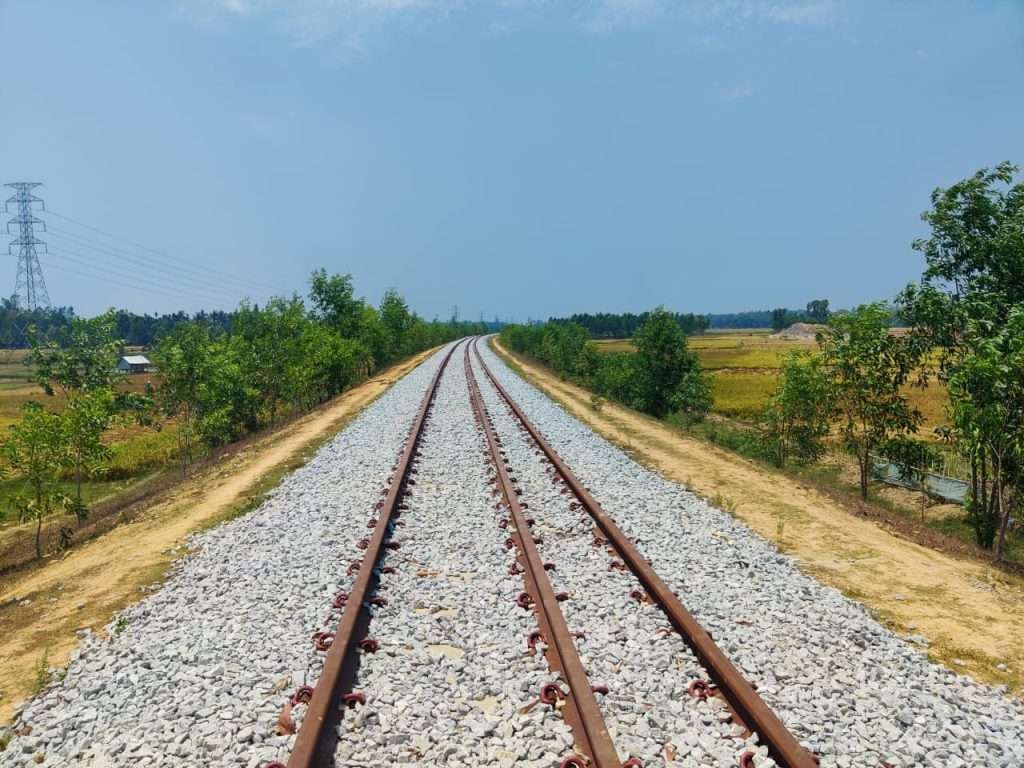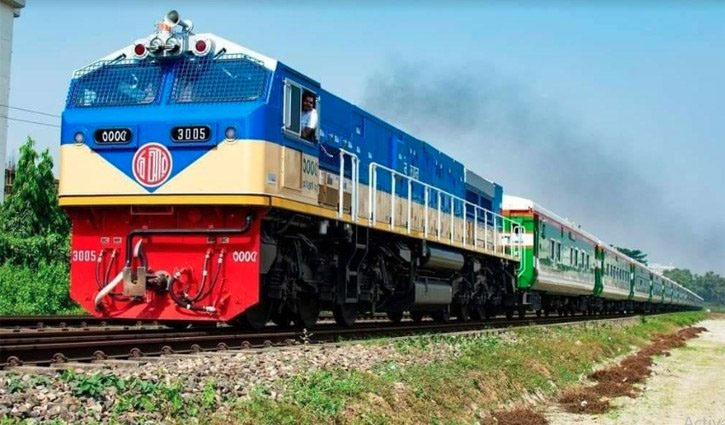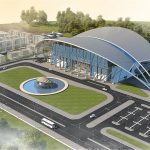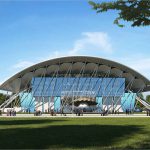About Bangladesh Railway

Bangladesh Railway, a principal transportation agency of the country, is a Government-owned and Government–managed organization. It operates and maintains all railways in the country and is overseen by the Bangladesh Railway Directorate-General. The Bangladesh Railway is governed by the Ministry of Railways. It’s reporting mark is “BR”.
The Bangladesh Railway system has a total length of 3,600 kilometers (2,200 mi). It carries approximately 90 million passengers and 2.52 million tons of freight per year. The railway made 8,135 million passenger kilometers and 677 million tons-kilometers. As railway is a very important mode of inland transport, linking the entire length and breadth of the country, it’s healthy grow naturally contributes to the economic development of the country.
VISION :
To provide safe, reliable, cost effective and time efficient rail transport service in the country through modernizing, expanding & maintaining rail system in a manner which supports government strategies for economic, social & environmental development.
MISSION :
• Develop & maintain railway tracks & station infrastructures throughout the country.
• Maintain & upgrade locomotives, coaches & other rolling stocks.
• Maintain & modernize signalling & interlocking system & Telecom system of Bangladesh Railway.
• Ensure safe, speedy & efficient train operation.
• Implement Government transport policy in rail sector.
• Procure modern technology related rolling stocks, Track materials & signalling systems suitable for Bangladesh Railway.
• Manage land asset of Bangladesh Railway.
• Ensure optimum utilization of Development Budget & Revenue Budget of Bangladesh Railway.
BANGLADESH RAILWAY AT A GLANCE :
Native name : বাংলাদেশ রেলওয়ে
Type : State-owned
Industry : Carriages and locomotives
Founded : 15 November 1862; 159 years ago
Headquarters : Dhaka, Bangladesh
Area served : Bangladesh
Owner : Government of The Peoples Republic of Bangladesh.
Divisions : East Zone and West Zone
Website : www.railway.gov.bd
BANGLADESH RAILWAY ORGANOGRAM :

HISTORY OF BANGLADESH RAILWAY
Rail transport in Bangladesh (the then British India) began on 15 November 1862, when 53.11 km of 5 ft 6 in (1,676 mm) (broad gauge) line was opened between Darshana in Chuadanga District and Jogotee in Kushtia District. On 1 January 1871, an extension of the Darshana – Jogotee Railway line up to Goalanda by Eastern Bengal Railway. On 4 January 1885, a further 14.98 km 1,000 mm (3 ft 3+3⁄8 in) (meter gauge) line was opened Dhaka to Narayangonj. In 1891, the Bengal Assam Railway was constructed with the assistance of the government. It was later run by the Bengal Assam Railway Company.
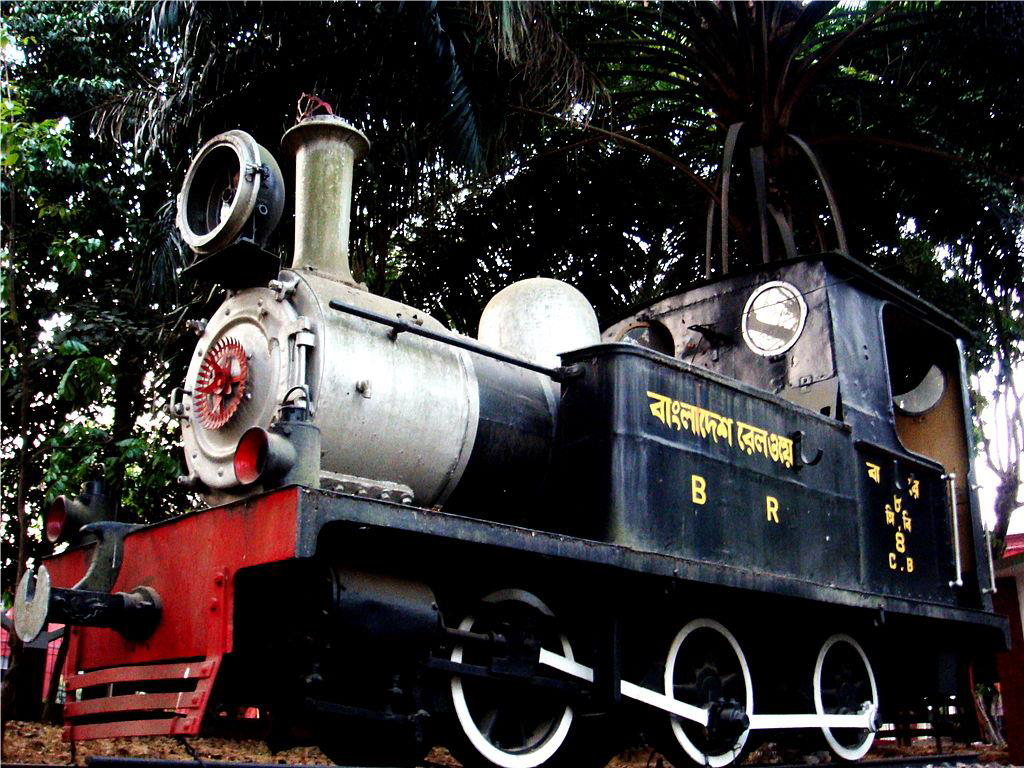
On 1 July 1895, two sections of meter-gauge railway were constructed by English railway companies. One connected Chattogram and Comilla (149.89 km). The other connected Laksam Upazila and Chandpur (50.89 km).
In 1947, at the time of the Partition of India, the Bengal Assam Railway was divided into two parts. The 2,603.92 km of track located in East Pakistan came under the control of the central Government of Pakistan. On 1 February 1961, the Eastern Bengal Railway has been renamed the Pakistan Eastern Railway.
In 1962, control of the Pakistan Eastern Railway was transferred to the Government of East Pakistan. On 9 June 1962, by the President’s Order, the Pakistan Eastern Railway management was assumed by a Railway Board.
In 2005, the total length of the Bangladesh Railway was 2,855 km. There was 660 km of broad gauge track (mostly in the western region), 1,830 km of meter gauge track (mostly in the central and eastern regions) and 365 km of dual gauge track. In 1998, the Jamuna Bridge was built to connect the previously divided east and west rail networks in dual gauge.
In 2010, funding was received for a bridge over the Titas River. In September 2010, the Government of Bangladesh approved ten rail development projects costing 19·9 billion Bangladeshi taka, including new tracks and rolling stock plans.
In 2011, Sheikh Hasina the Prime Minister of Bangladesh, officiated a link that would cross several rivers to reach Cox’s Bazar at the start of construction. The 100 km of dual gauge line started from the railhead at Dohazari, southeast of Chittagong. The plan was to reach Satkania, Dulahazra, Chakaria, Edgaon, Ramu and Cox’s Bazar, with four major river bridges and a 28 km branch from Ramu to Gundum.

In 2015, construction of a 15 km rail-line to Agartala, Tripura in Northeast India commenced. In 2017, land acquisition took place to facilitate the construction and the construction is nearing completion.
MAJOR INVESTMENT WORKS UNDER BANGLADESH RAILWAY
• Bangabandhu Sheikh Mujib Railway Bridge. (JICA)
• Padma Bridge Rail Link Project. (China)
• Construction of Dual Gauge Double Rail Line and Conversion of Existing Rail Line into Dual Gauge Between Akhaura and Laksam. (ADB)
• Construction of Single Line Dual Gauge (DG) Railway Track from Dohazari to Cox’s Bazar via Ramu and Ramu to Gundum Near Myanmar. (ADB)
• Construction of Khulna‐Mongla Port Rail Line. (LoC)
• Rehabilitation of Kulaura‐Shahbazpur Section of Bangladesh Railway. (LoC)
• Construction of Akhaura‐Agartala Dual Gauge Railway Link (Indian Grant)
• Construction of Broad Gauge Rail line between Chilahati and Chilahati Border for connectivity with India.
• Procurement 150 units of meter-gauge (MG) passenger carriages from South Korean joint-venture firm to replace the old ones and increase the number of trains.
• Procurement 200 units of modern broad gauge (BG) passenger carriages to replace old carriages.
